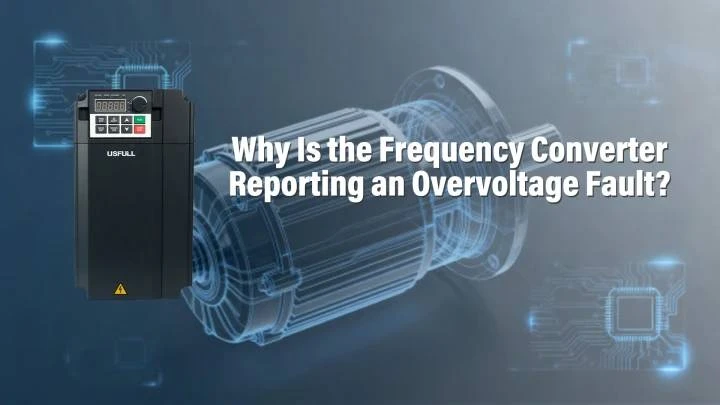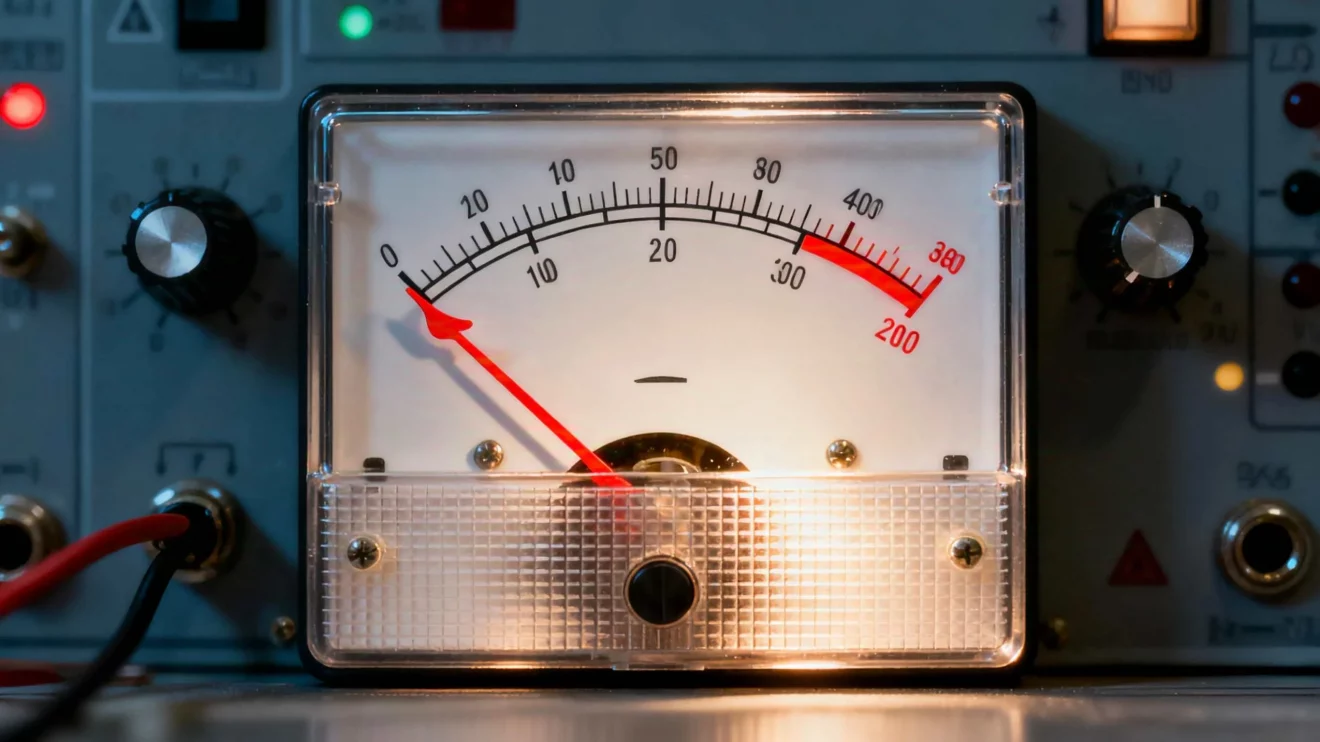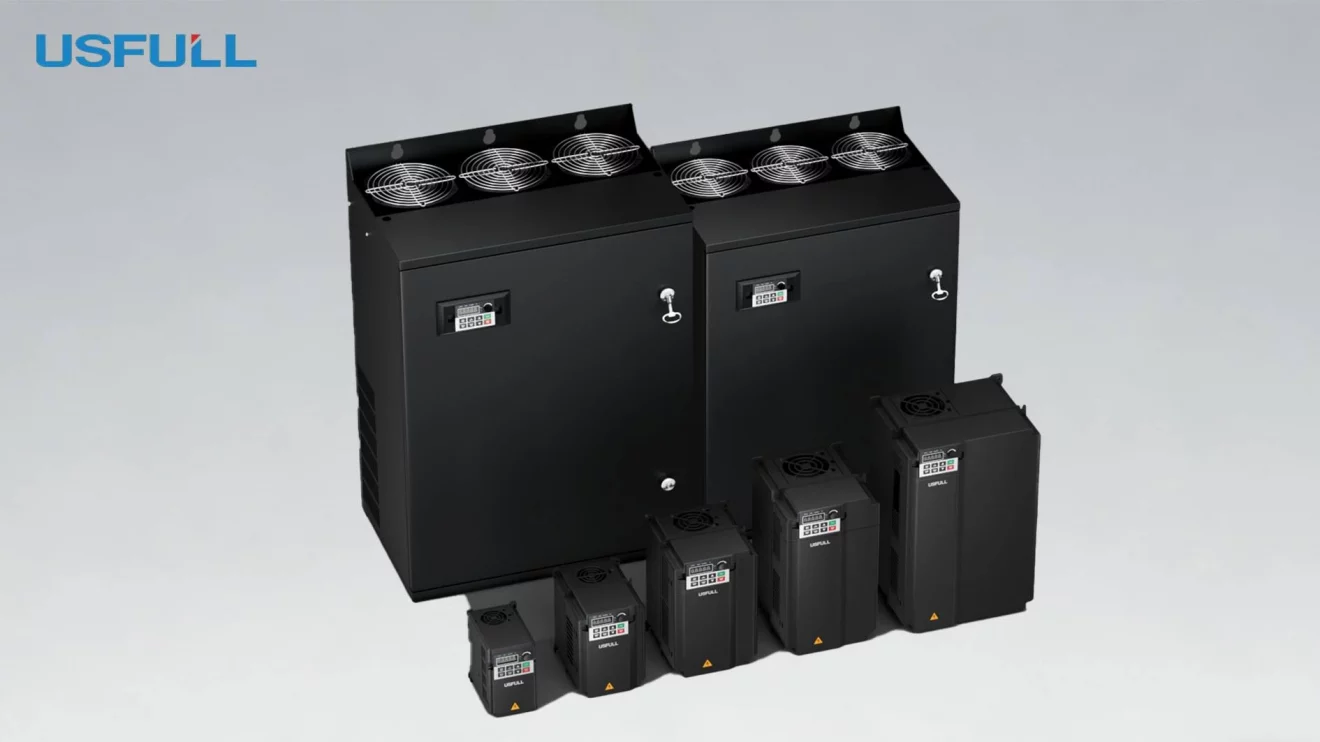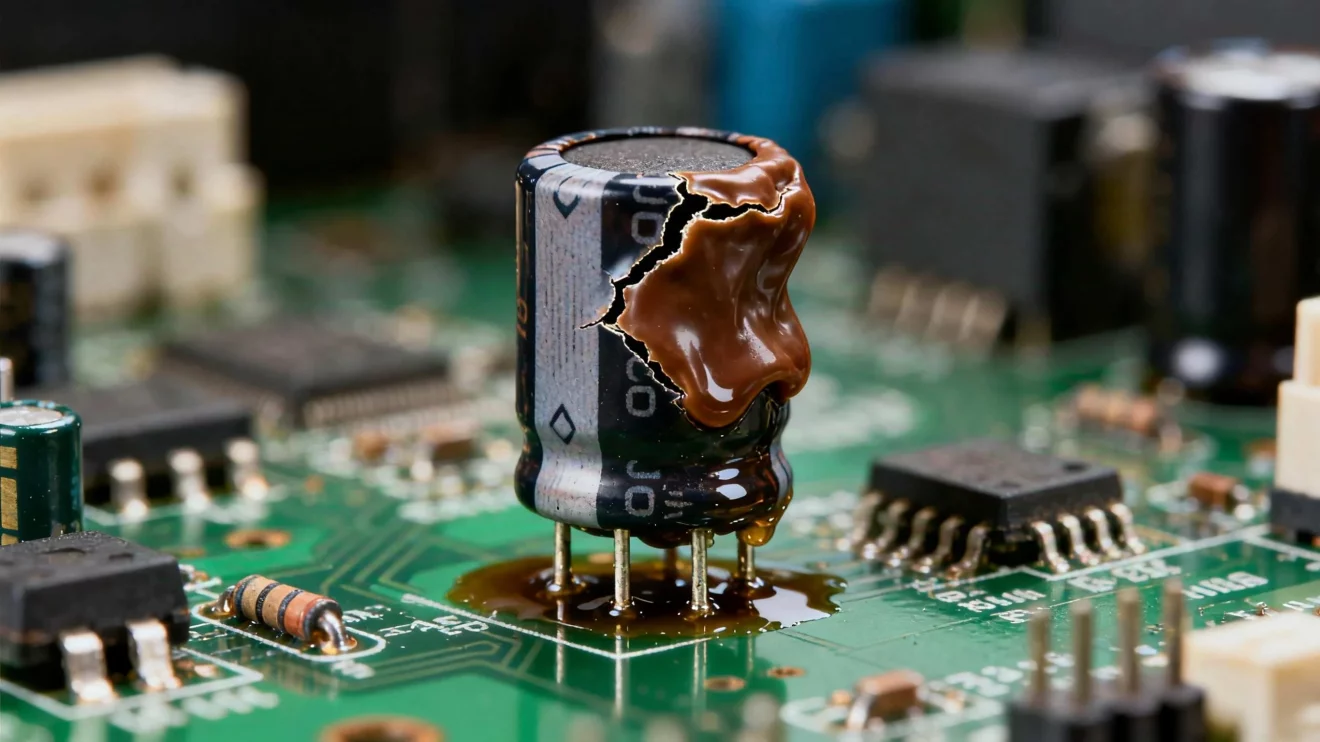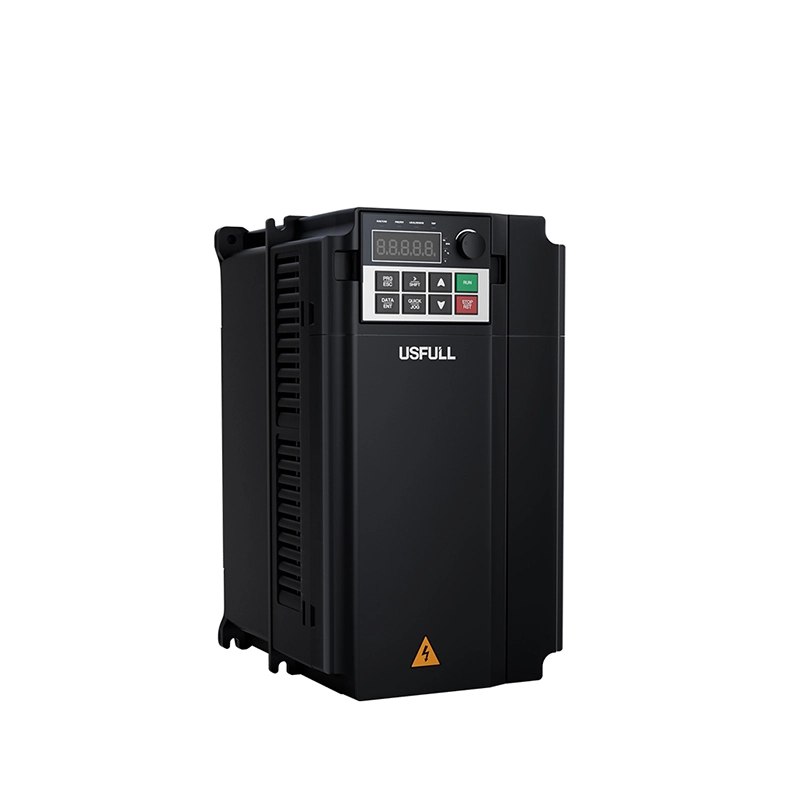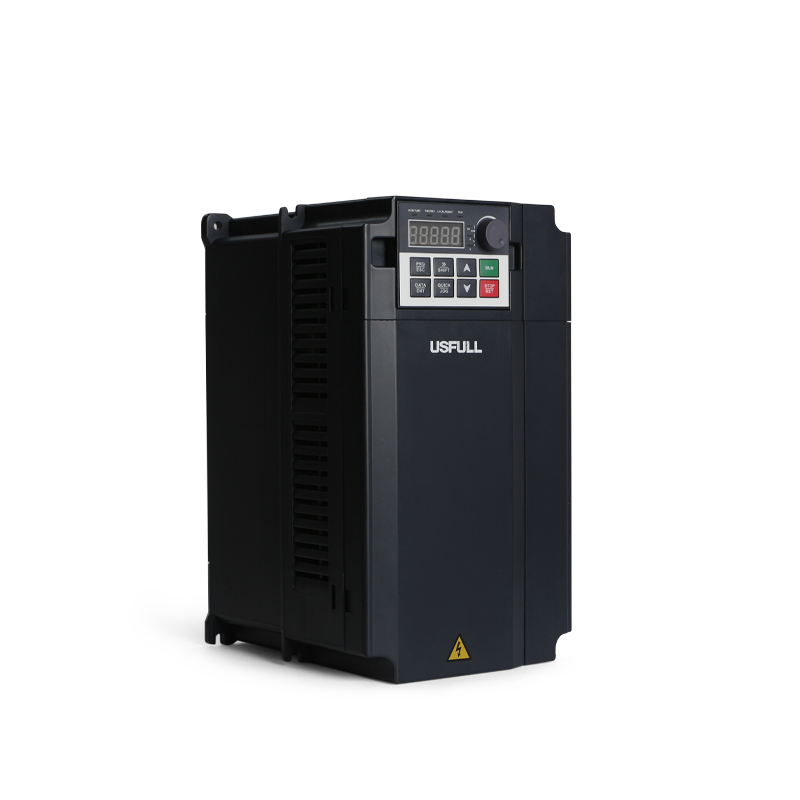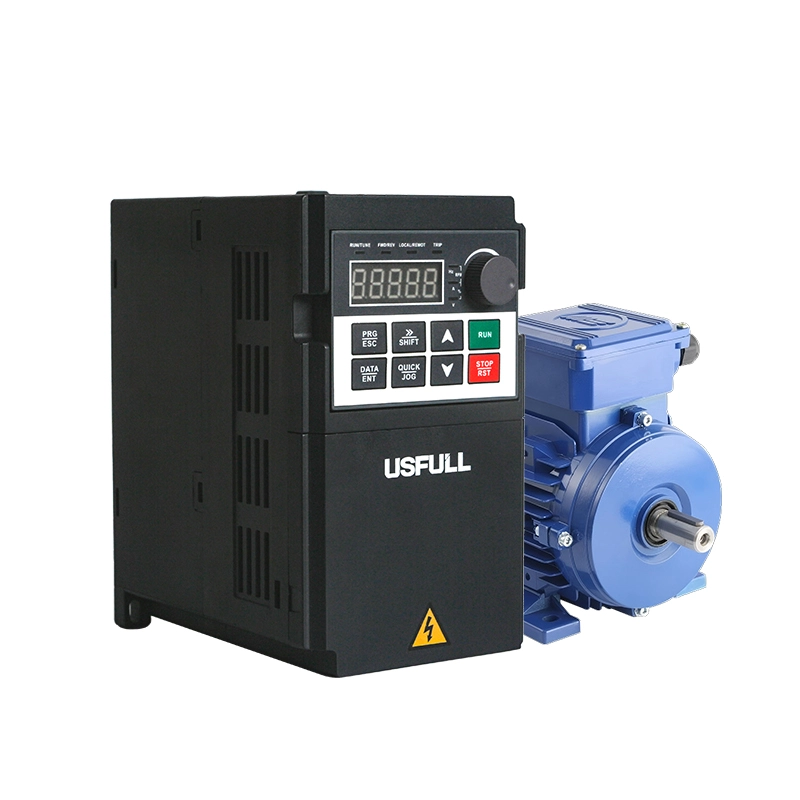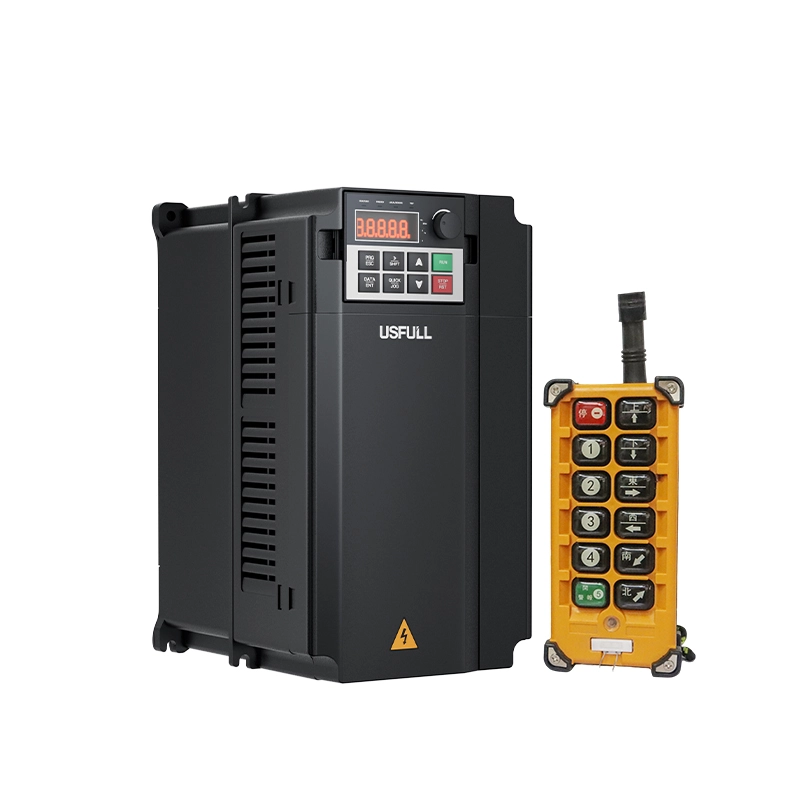Frequent VFD overvoltage faults disrupt operations, damage equipment, and cause costly downtime. The solution lies in proper diagnosis, parameter adjustments, and professional support to ensure reliable system stability.
A fnversor de frecuencia reports an overvoltage fault when the DC bus voltage exceeds safe limits due to power fluctuations, load inertia, or improper parameters. Diagnosing the fault by timing, adjusting acceleration/deceleration settings, and adding braking resistors helps resolve issues effectively.
Keep reading to discover why VFDs report overvoltage faults, their impact, and how to fix them permanently.
What Does an Overvoltage Fault in a VFD Mean?
When a Variable Frequency Drive (VFD) or frequency inverter detects DC bus voltage exceeding its threshold (typically 1.414 × rated input), it triggers an overvoltage fault. This fault is a built-in protective function that prevents severe damage to the inverter’s capacitors, power modules, and motor insulation.
In simple terms, the VFD monitors its DC link continuously. If voltage surges from the power grid, regenerative load, or rapid deceleration exceed the safe limit, the drive shuts down instantly. While this mechanism protects the drive, it can interrupt critical operations such as water pumping, HVAC, or conveyor systems—causing expensive downtime and operational losses.
Why Does the Frequency Inverter Trigger an Overvoltage Fault?
Several factors contribute to an overvoltage fault in a variador de velocidad (VSD). These causes can be broadly classified into electrical, mechanical, and configuration-related issues:
Power Supply Issues
Input voltage higher than rated VFD voltage.
Unstable power grids with fluctuations or high harmonics.
Configuración incorrecta de los parámetros
Acceleration or deceleration times set too short, causing excess regenerative energy.
Incorrect braking torque limits.
Mechanical Load Problems
Large inertia loads (e.g., fans, centrifuges) without braking resistors.
External forces driving the motor backward, regenerating power into the DC bus.
VFD Hardware Issues
Faulty voltage detection circuits.
Aged DC bus capacitors with reduced filtering capacity.
Understanding these root causes helps in applying the right corrective action instead of blindly replacing the VFD.
When Do Overvoltage Faults Occur in a Variable Frequency Drive?
Overvoltage faults do not occur randomly—they typically appear during specific operating conditions:
During Acceleration: Sudden voltage surges when motor speed increases too quickly.
During Deceleration: Regenerative energy from the load feeds back into the DC bus.
During Constant Speed Operation: High line voltage or external forces cause continuous energy feedback.
At Startup/Idle: Electrical harmonics or unstable power supply.
By identifying the timing of the fault, technicians can quickly narrow down the cause and choose an appropriate corrective method.
How to Solve Overvoltage Faults in VFDs Effectively?
Addressing VFD overvoltage issues requires both parameter optimization and hardware enhancements. Here are proven solutions:
Parameter Adjustments
Extend acceleration and deceleration times.
Optimize torque limits and braking functions.
Add Braking Components
For small VFDs (<7.5kW), a braking resistor is usually sufficient.
For high-inertia or large drives, use a braking unit plus resistor.
Power Quality Improvements
Install input reactors, harmonic filters, or LCL filters.
Reduce line voltage through transformer adjustments.
Mechanical Load Optimization
Inspect motor load for external forces or blockages.
Ensure proper alignment and balancing.
Hardware Inspection
Test DC bus capacitors and voltage sensors.
Consult a VFD manufacturer or authorized service provider for repair.
Troubleshooting Steps for Different Scenarios
Acceleration Overvoltage
Confirm VFD rated voltage matches supply voltage.
Measure input voltage using a multimeter.
Extend acceleration time.
If unresolved, consult a VFD supplier or service engineer.
Deceleration Overvoltage
Extend deceleration time.
Check load inertia—fans, elevators, or centrifuges often require braking resistors.
Install braking units for reliable energy dissipation.
Constant Speed Overvoltage
Measure grid stability and harmonic levels.
Verify motor load conditions.
Add input reactors or harmonic filters to stabilize voltage.
Why Ignoring Overvoltage Faults Is Dangerous
Some technicians reset the drive repeatedly without addressing the root cause. This short-term workaround may appear to restore operation but significantly risks:
Premature failure of DC bus capacitors.
Damage to IGBT modules.
Severe downtime if the VFD fails during peak production.
Investing in a permanent solution—whether parameter tuning, braking units, or better power conditioning—saves money and increases long-term reliability

